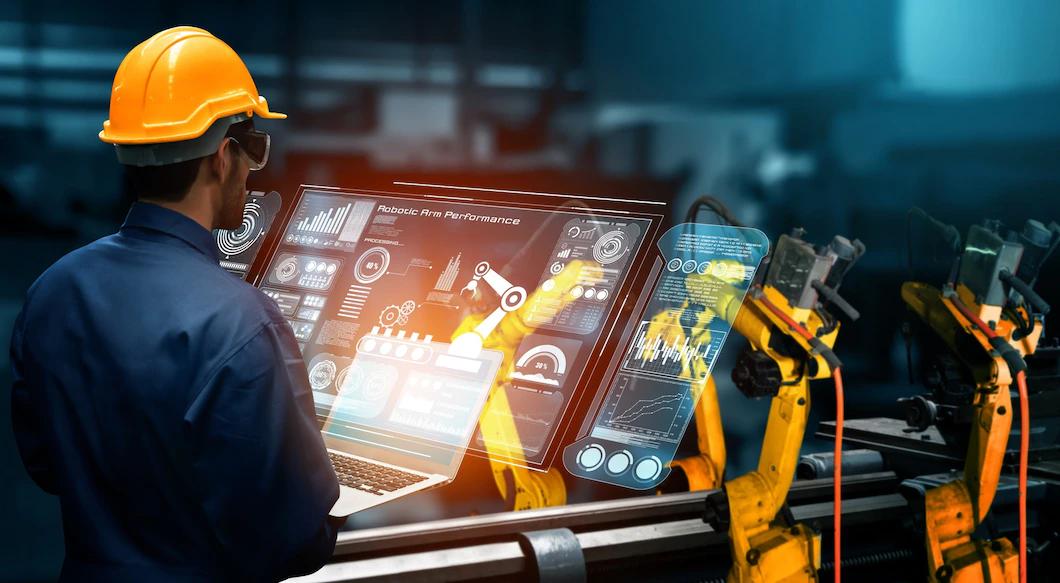Unraveling the Knot: Supply Chain Issues in Residential Construction

Introduction
In recent decades, the construction industry, known traditionally for its resistance to change, has witnessed a digital revolution. With the integration of innovative technologies, the landscape of construction is evolving, offering enhanced efficiency, precision, and sustainability. From augmented reality to drone surveying, digital advancements are driving unparalleled transformation in the industry.
Emerging Technologies Reshaping the Construction Realm
- Building Information Modeling (BIM): No longer just a buzzword, BIM has become an industry standard. By creating virtual 3D models of construction projects, BIM facilitates better visualization, planning, and collaboration between stakeholders, ensuring projects are completed faster and more efficiently.
- Drones and Aerial Mapping: These airborne devices offer an aerial perspective, revolutionizing site inspections. With drone technology, large and inaccessible sites can be mapped and surveyed with precision, providing invaluable data for project management.
- Wearable Technology: Hard hats with augmented reality (AR) capabilities, smart vests, and boots equipped with sensors are enhancing worker safety and productivity. These wearables can detect fatigue levels, hazardous environments, and even streamline communication on the field.
- 3D Printing: Imagine "printing" an entire building! 3D printing in construction allows for the creation of complex architectural elements, reduces material waste, and can even expedite the construction process.
- Artificial Intelligence (AI) and Machine Learning (ML): AI-powered machinery can predict maintenance requirements, while ML algorithms can forecast potential project delays. These technologies, combined, result in better decision-making and optimal resource allocation.
The Green Movement: Sustainable Construction Through Technology
With increasing concerns about climate change and environmental degradation, sustainable construction is no longer optional. Technologies such as prefabricated construction modules and energy-efficient smart buildings are leading the way. Digital platforms allow for optimal utilization of resources, ensuring minimal waste and a reduced carbon footprint.
Challenges in Digital Integration
While the potential benefits are enormous, the integration of technology in construction doesn't come without its challenges. There's a steep learning curve involved, requiring significant investment in training and upskilling. Data privacy concerns, particularly with cloud-based solutions, and the initial cost of technological integration can also pose hurdles.
Conclusion
The marriage of construction and technology signals a new dawn for the industry. As stakeholders continue to embrace and invest in these digital tools, the future of construction promises to be more efficient, safe, and environmentally friendly. As with any transformation, challenges exist, but the potential rewards for those willing to innovate are boundless.

